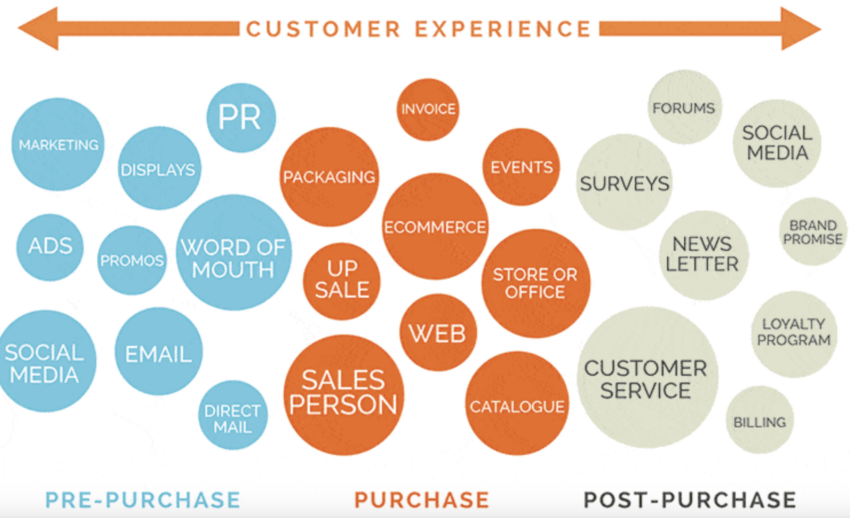Enjoy dynamic listening on the go—this podcast is perfect for driving, commuting, or waiting in line!
I found very interesting the Forrester’s podcast about the opportunities for brands to touch the customers. Following some key-points I captured.
A digital touchpoint encompasses the device, platform, channel, and interface through which a consumer accesses digital content and services. This concept introduces a dual perspective: where consumers access the internet (devices, platforms, and channels) and how they do so (e.g., through chat, voice, extended reality, or gestures). Each touchpoint combines these elements uniquely, reflecting a blend of physical and digital realms.
Organizations grapple with the complexity arising from this convergence. The binary distinction between offline and online, or mobile and PC, no longer suffices. Consumers wield a myriad of touchpoints simultaneously, resulting in a multifaceted engagement landscape. Executives face the challenge of adapting to this paradigm shift, navigating a diverse array of touchpoints that consumers employ.
Two significant tensions emerge. First, the proliferation of touchpoints outpaces traditional web and app development. The ease and low cost of adopting new touchpoints, coupled with their increasing availability, create a dynamic environment. Second, within organizations, various functions engage consumers across different touchpoints, leading to fragmented brand experiences. This divergence hinders effective communication with customers.
Executives grapple with five core tensions:
- Data-Driven Decision-Making: Lack of structured decision-making processes for new touchpoints results in a fragmented approach, fostering a “wild west” environment.
- Inconsistent Offerings: Diverse touchpoints lead to disparate functionalities across platforms, complicating consumer interactions.
- Dependency on Consensus: Relying on consensus for funding delays foundational work, creating isolated solutions instead of an integrated ecosystem.
- Talent Scarcity: Limited availability of specialized talent impedes the development of effective touchpoints.
- Cultural Shift: While digital culture is strong, a shift towards a more digital-focused mindset is necessary for future success.
Strategically, organizations must prioritize touchpoints based on consumer preferences, demographics, and the nature of the interaction. The concept of a “super app” is considered outdated, as the emphasis shifts towards tailored, microservices that cater to specific needs efficiently. Anticipatory experiences, while promising, must be balanced with privacy concerns to avoid appearing intrusive.
In essence, the digital touchpoint landscape is evolving rapidly, demanding adaptability from organizations. While challenges abound, understanding consumer behavior and effectively allocating resources can lead to more streamlined, effective touchpoints that resonate with consumers. The goal is not to do everything for everyone, but to provide precisely what each consumer needs in the moment. This journey requires a careful blend of technological innovation, consumer insight, and organizational agility.
Food for thoughts.
